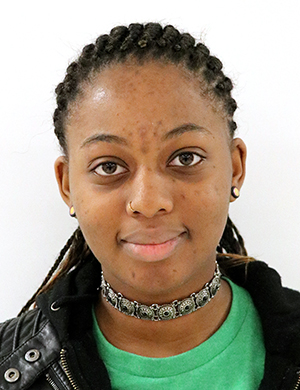Is Being Deaf a Disability?
For many in the Deaf community, being deaf goes beyond what may be classified as a disability. In fact, many in the deaf community do not consider themselves to be disabled at all.
To begin, there is a difference between deaf and Deaf. Referring to the spelling with a lowercase “d,” it is simply the textbook definition of lacking or deficient in the sense of hearing, which is where most would identify being as a disability. When the spelling is used with an uppercase “D,” the reference is to the culture and the individuals that make up the Deaf community. That being said, in a more broadened and cultural sense, being deaf is not a disability. There is more to it, especially when it comes to the rich history that is present in the community.
So why do the deaf not consider themselves disabled? From what I’ve learned, there are many reasons. Being deaf has very minimal differences from being able to hear, they are still able to listen to music (through vibrations) and watching TV or going to the movies simply requires subtitles (which many hearing people use already). Even using the phone has a minute difference; you know the LED flash notification that quite a lot of people use on their phones? Well it was originally implemented as an accessibility function for the deaf and hearing impaired. On top of those reasons, there is of course communication issues that can be argued. How do the deaf communicate?
In the United States and most of Anglophone (English Speaking) Canada, American Sign Language (ASL) is the prominent language used by the deaf to communicate. There are many myths to ASL – one being that is not a verbal language, or that if deaf children are taught ASL, they won’t be able to learn how to speak. ASL is a verbal language, in fact, sign language relies on the exact area of the brain as any other verbal language. Additionally, learning ASL can even assist a deaf individual in learning to speak other languages, for example, English.
An article written by the Free Press’ Mary Ellen Aldrich states, “The Deaf community is a visually oriented community, just as the hearing community is auditorily oriented.” If you’ve ever seen shows like Freeform’s (formerly known as ABC Family) “Switched at Birth” or been around a deaf individual, you’ll notice the technology used that makes up for their lack of hearing. For example: there are doorbells, alarm clocks, and lights that flash or vibrate to notify when someone is at the door or when it’s time to wake up. These devices are just that same as the doorbells, alarm clocks, and cellular notifications that we hearing people have, although we have the priority to hear and they have the priority to see.
There’s much more to being deaf than a disability, and there is a plethora of identity present in the Deaf community that should be explored for both the hearing and deaf populations. Being deaf may have its disabilities but for many in the community, they are not disabled and that should be respected – rather than ridiculed or debunked.

I'm a senior and this is my first year being a part of the newspaper staff. I like to think that I'm an artistic person; art (drawing specifically) is...